Over the past year, T. Rowe Price Group (TROW) has fallen by 4.5%, sitting near its 52-week low. With passive ETFs gaining dominance, the company’s market share has been under pressure. However, I see potential value in T. Rowe Price due to its positioning in actively managed ETFs, especially as the broader market appears overvalued.
Business Overview
T. Rowe Price is an investment management firm specializing in actively managed ETFs. Unlike passive ETFs that track broad indexes, active ETFs have portfolio managers making strategic decisions to maximize returns. However, demand for passive ETFs has surged over the past decade, and in 2023, the total value of passive ETFs surpassed active ETFs for the first time, cutting into TROW’s market share.
Despite this trend, I give TROW a buy rating because I believe that as the market remains overvalued, investors will seek refuge in actively managed ETFs, boosting demand for TROW’s offerings.
Valuation Metrics
Price-to-Earnings (P/E) Ratio
A deeper look at valuation shows TROW’s five-year P/E ratio averaging 15.74, but currently, it sits at only 11.54—below both its historical average and the overall stock market’s P/E ratio. This suggests that TROW is undervalued relative to its earnings.
Price-to-Free Cash Flow (P/FCF)
I favor free cash flow over net income for valuation, as FCF represents the true financial health of a company. Currently, TROW’s P/FCF stands at 26.07, but free cash flow itself has been declining—falling from $2.12 billion in 2012 to just $1.26 billion in 2024. This drop is primarily due to passive ETFs gaining market share.
Not only has free cash flow been decreasing, but net income is also down. Over the past five years, revenue grew by only $800 million, indicating weak overall financial growth.
Profitability & Financial Strength
Profit Margins & Return on Invested Capital (ROIC)
TROW’s five-year profit margin is 31.2%, but this has gradually declined over the past few years. ROIC also dropped from 23% to 13% in 2024. However, since 2022, profitability has started to recover, with ROIC rising to 29% and net income increasing from $1.5 billion to $2.1 billion in 2024.
Dividend Analysis
TROW is a dividend-paying company, with a five-year dividend CAGR of 8.60%. However, dividend growth has slowed—from a 20% increase in 2021 to just 1.64% in 2024.
Additionally, its free cash flow payout ratio exceeded 100% in 2023, meaning the company went into debt to fund dividends. In 2024, this ratio remained high at 90%, an area that raises concerns. I’d like to see TROW reduce its payout ratio to sustain dividend growth in the future.
Balance Sheet Strength
One reassuring factor is TROW’s low long-term liabilities, sitting at $1.3 billion. Moreover, its current ratio has been above 6 for most of the last five years, meaning the company holds significantly more assets than liabilities. This strong balance sheet supports financial stability.
Intrinsic Valuation
Here’s what my intrinsic valuation models reveal:
Graham’s Revised Formula
- Five-year EPS growth: 4.67% per year
- Intrinsic value: $121.18 (16% higher than current trading price)
Discounted Cash Flow (DCF)
- Free cash flow growth rate: 6.3%
- Discount rate: 8.12%
- Intrinsic value: $139.72
Multiples Valuation
- Peer comparison based on P/E ratio
- Intrinsic value: $114.89
Dividend Discount Model (DDM)
- Projected dividend growth rate: 3.17%
- Intrinsic value: $115.85
Final Verdict
Averaging these models, TROW’s fair intrinsic value is $122.10, which is 17.35% higher than the current trading price. With a 15% margin of safety, the acceptable buy price sits at $104.44, just slightly below the current price.
Given its undervalued position, recovery in profitability, and the potential shift back toward actively managed ETFs, I believe TROW is an attractive investment right now.
Stocks Similar to T. Rowe Price
| Company Name |
Symbol |
Why It's Better Than TROW |
| Bank of New York Mellon |
BK |
Offers a more diversified financial services portfolio, including asset servicing and treasury services. |
| Ameriprise Financial |
AMP |
Stronger wealth management segment with higher profitability and client retention. |
| State Street |
STT |
Larger institutional client base and a strong focus on ETF servicing, making it more resilient to market fluctuations. |
| Northern Trust |
NTRS |
Superior private wealth management services and a strong reputation in fiduciary services. |
| Invesco |
IVZ |
Broader global presence and a more aggressive approach to ETF and alternative investment offerings. |
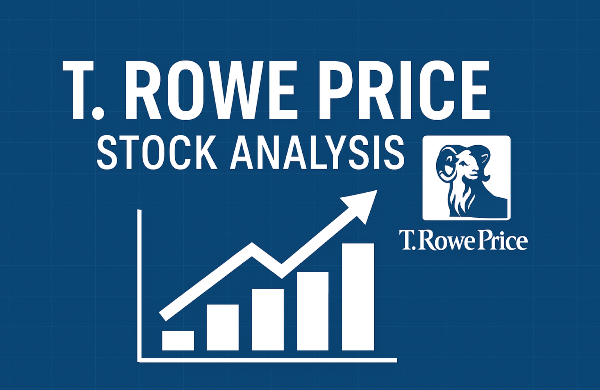

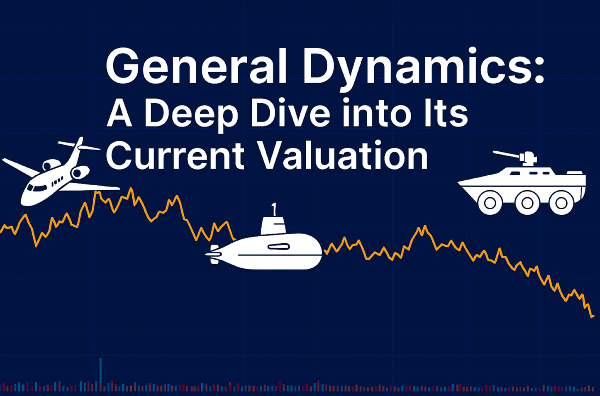

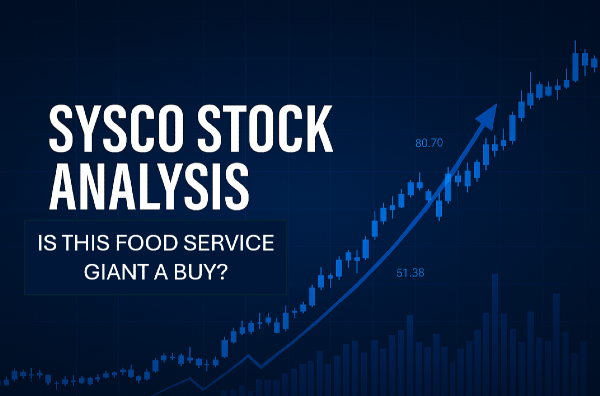
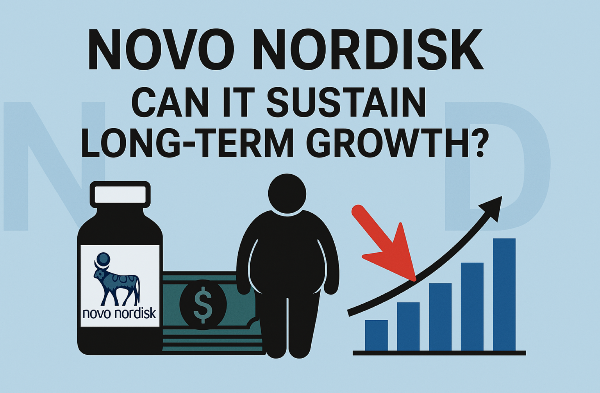

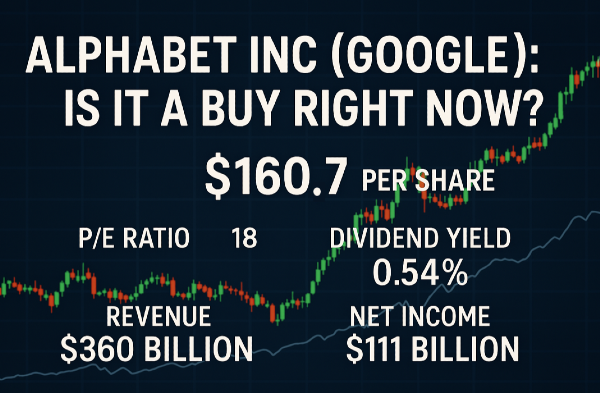

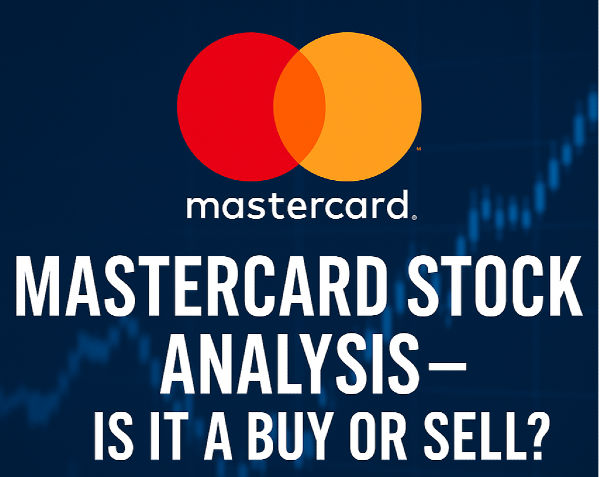

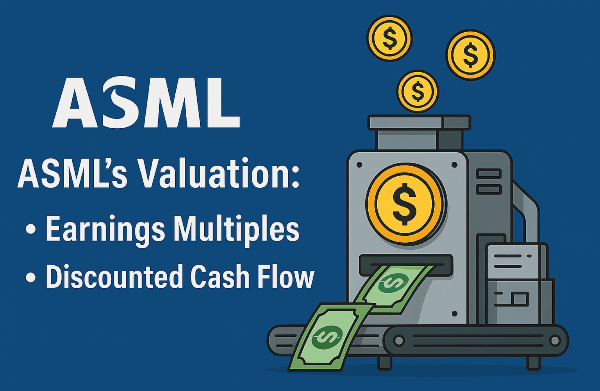

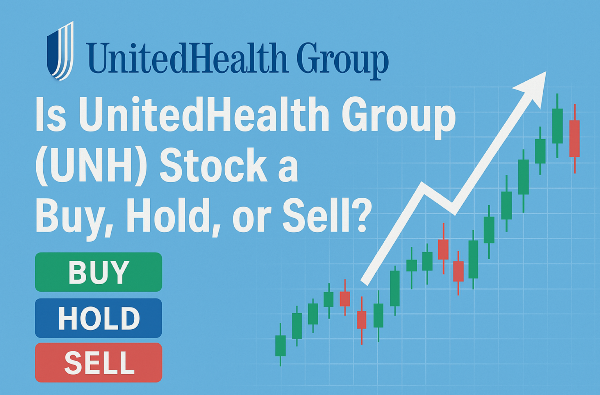
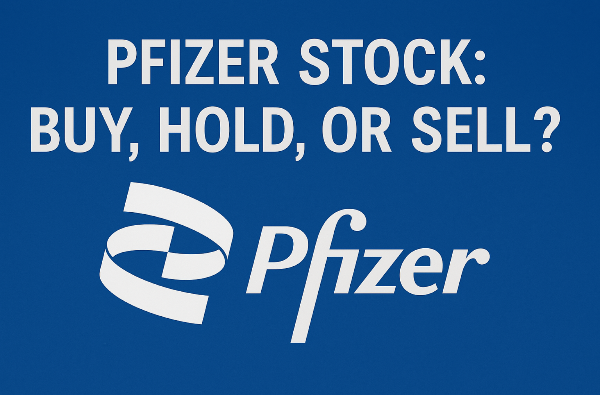


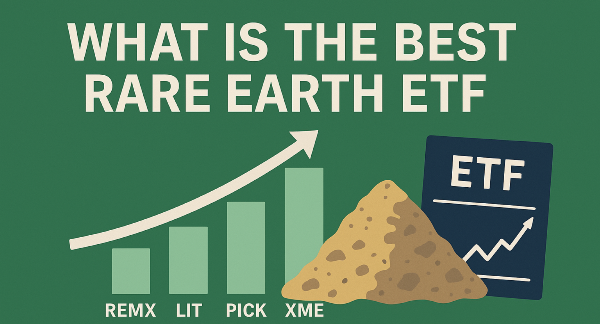










Over the past year, T. Rowe Price Group (TROW) has fallen by 4.5%, sitting near its 52-week low. With passive ETFs gaining dominance, the company’s market share has been under pressure. However, I see potential value in T. Rowe Price due to its positioning in actively managed ETFs, especially as the broader market appears overvalued.
Business Overview
T. Rowe Price is an investment management firm specializing in actively managed ETFs. Unlike passive ETFs that track broad indexes, active ETFs have portfolio managers making strategic decisions to maximize returns. However, demand for passive ETFs has surged over the past decade, and in 2023, the total value of passive ETFs surpassed active ETFs for the first time, cutting into TROW’s market share.
Despite this trend, I give TROW a buy rating because I believe that as the market remains overvalued, investors will seek refuge in actively managed ETFs, boosting demand for TROW’s offerings.
Valuation Metrics
Price-to-Earnings (P/E) Ratio
A deeper look at valuation shows TROW’s five-year P/E ratio averaging 15.74, but currently, it sits at only 11.54—below both its historical average and the overall stock market’s P/E ratio. This suggests that TROW is undervalued relative to its earnings.
Price-to-Free Cash Flow (P/FCF)
I favor free cash flow over net income for valuation, as FCF represents the true financial health of a company. Currently, TROW’s P/FCF stands at 26.07, but free cash flow itself has been declining—falling from $2.12 billion in 2012 to just $1.26 billion in 2024. This drop is primarily due to passive ETFs gaining market share.
Not only has free cash flow been decreasing, but net income is also down. Over the past five years, revenue grew by only $800 million, indicating weak overall financial growth.
Profitability & Financial Strength
Profit Margins & Return on Invested Capital (ROIC)
TROW’s five-year profit margin is 31.2%, but this has gradually declined over the past few years. ROIC also dropped from 23% to 13% in 2024. However, since 2022, profitability has started to recover, with ROIC rising to 29% and net income increasing from $1.5 billion to $2.1 billion in 2024.
Dividend Analysis
TROW is a dividend-paying company, with a five-year dividend CAGR of 8.60%. However, dividend growth has slowed—from a 20% increase in 2021 to just 1.64% in 2024.
Additionally, its free cash flow payout ratio exceeded 100% in 2023, meaning the company went into debt to fund dividends. In 2024, this ratio remained high at 90%, an area that raises concerns. I’d like to see TROW reduce its payout ratio to sustain dividend growth in the future.
Balance Sheet Strength
One reassuring factor is TROW’s low long-term liabilities, sitting at $1.3 billion. Moreover, its current ratio has been above 6 for most of the last five years, meaning the company holds significantly more assets than liabilities. This strong balance sheet supports financial stability.
Intrinsic Valuation
Here’s what my intrinsic valuation models reveal:
Graham’s Revised Formula
Discounted Cash Flow (DCF)
Multiples Valuation
Dividend Discount Model (DDM)
Final Verdict
Averaging these models, TROW’s fair intrinsic value is $122.10, which is 17.35% higher than the current trading price. With a 15% margin of safety, the acceptable buy price sits at $104.44, just slightly below the current price.
Given its undervalued position, recovery in profitability, and the potential shift back toward actively managed ETFs, I believe TROW is an attractive investment right now.
Stocks Similar to T. Rowe Price